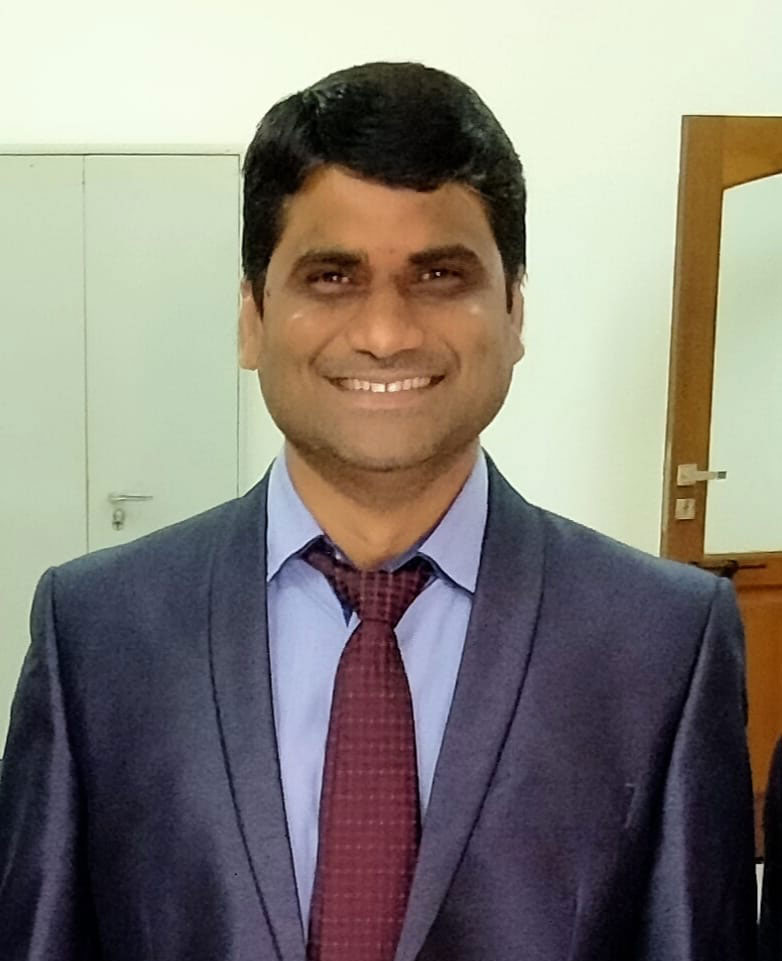University Grants Commission - Department of Atomic Energy Govt of India Sanctions Major Research Project to Alliance University Young Scientist Dr. Harinath Aireddy
June 2022

To develop a spin transistor device with low power consumption, low heat dissipation, high speed reading and writing times and non-volatility through Pulsed Laser Deposition and Sputtering system for the application of future smaller and more efficient spintronic devices, the University Grants Commission - Department of Atomic Energy has sanctioned a major research project to Young Scientist Dr. Harinath Aireddy, who is presently working as an Associate Professor in the Department of Electronics and Communication Engineering at Alliance University Bangalore.
Dr Harinath Aireddy said that the UGC-DAE Govt. of India encouraging the research in front line area of science and technology and enabling the young scientists to work on programmes of national importance. Spintronics is an interdisciplinary field and established itself as an extensive benefactor of modern science and technology through the winning of Nobel Prize. Discovery of giant magnetoresistance (GMR) in metallic layers revolutionized the hard disk storage capacity and magnetic random-access memories (MRAM). However, due to the stray magnetic field effect MRAM is still not progressed much. In this situation, controlling the direction of the magnetization in ferromagnetic material by applying an electric field locally instead of magnetic field is much easier and greatly energy-efficient.
This project has been sanctioned to develop an electric field controlled multiferroic based field-effect transistor devices through Pulsed Laser Deposition and Sputtering system for the application of future spintronic devices. Pulsed Laser Deposition is a good technological solution for the development of the above field-effect transistor devices. By exploiting this PLD fabrication technology, spin devices could even be developed with the multilayer structure, so that the structural and electromagnetic functionalities could be implemented in a single part.
The results of the project may attract the interest of future memory chip manufacturers and has great potential to be used in electronic applications like smart-phones, computers, tablets and large data centres etc. Hence, this project would be a national asset to fulfil for the Govt of India at large.
Share your stories and articles on: insights@alliance.edu.in
